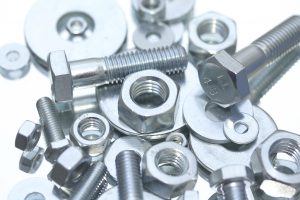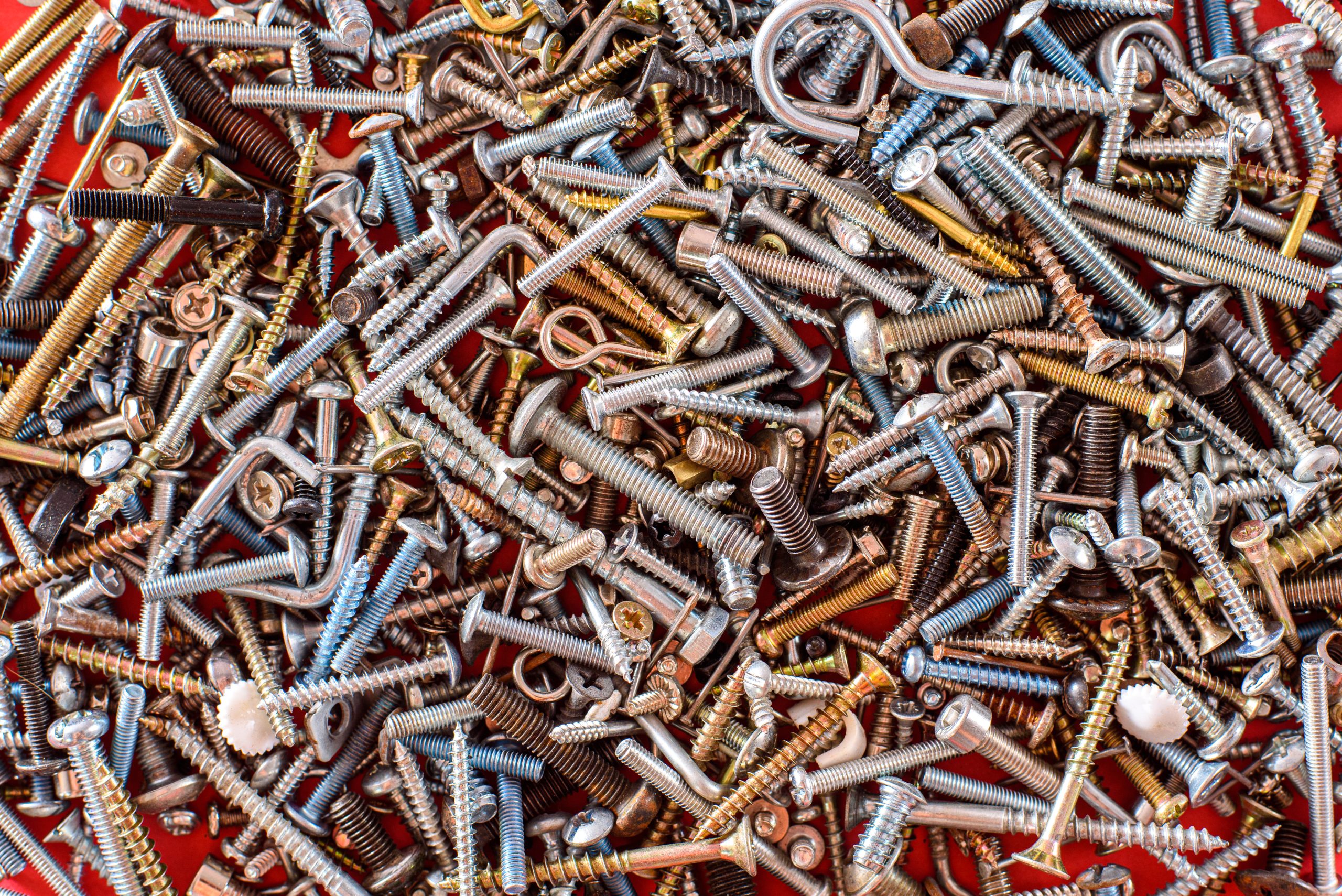
 If you’re completely new to the fastener industry, we should start with a basic definition of a washer. It’s generally a circular piece of steel, aluminum, nylon or rubber with a hole in the center that is used in conjunction with a nut and a bolt to help prevent the nut from loosening over time. The Oxford English Dictionary more precisely defines a washer as “a perforated annular disc or flattened ring of metal, leather, or other material placed between two surfaces subject to rotative friction, to relieve friction and prevent lateral motion and unsteadiness.”
If you’re completely new to the fastener industry, we should start with a basic definition of a washer. It’s generally a circular piece of steel, aluminum, nylon or rubber with a hole in the center that is used in conjunction with a nut and a bolt to help prevent the nut from loosening over time. The Oxford English Dictionary more precisely defines a washer as “a perforated annular disc or flattened ring of metal, leather, or other material placed between two surfaces subject to rotative friction, to relieve friction and prevent lateral motion and unsteadiness.”
By providing a smooth, even surface on which the nut or bolt can better grip, it makes it less likely to loosen, compared to trying to grip an uneven surface that provides less purchase for the fastener. Washers also distribute the pressure of the tightened nut or bolt evenly over the assembly being secured to minimize damage.
Nuts and bolts are designed to work with pressure – the act of tightening a nut down on a bolt creates tension that, over time, can distort or deform either the nut or the bolt and cause them to loosen. Lock washers are specially designed to help prevent or reduce loosening. One common type features a split (which is why they’re commonly called “split-ring lock washers”) and a slight offset of the two sides that, upon being compressed during tightening, apply a spring force against the nut or bolt head.
Another type of lock washer is the star-shaped lock washer that works by having its points dig into the material on the two mating surfaces during compression, locking them into place. The downside to this type of lock washer is that it can damage the parts being held together.
A washer is sometimes used to protect the surface of the assembled parts, but a nut or bolt head can mar the part surface around the hole during tightening and a washer is used to take the abuse instead of the part. This is especially practical if the parts are a softer material such as plastic, brass or aluminum – a harder washer will stand up well and protect the part.
Sometimes an assembly uses thin material – a larger diameter washer will help distribute the pressure of the tightened nut or bolt across a larger part of the thin material.
While washers are simple to use, they are often misapplied, defeating their purpose and potentially compromising the strength and security of the fastener assembly. Two of the most common misuses of washers are:
- To enable using a nut or bolt that’s too small for the hole in the component being assembled or secured
- To add depth to a nut-and-bolt assembly that’s too long for the application
Of course, understanding the requirements and limitations of the components and fasteners to be assembled will determine the size, design, and material of your washers, but this washer primer should help you better understand the world of washers.


